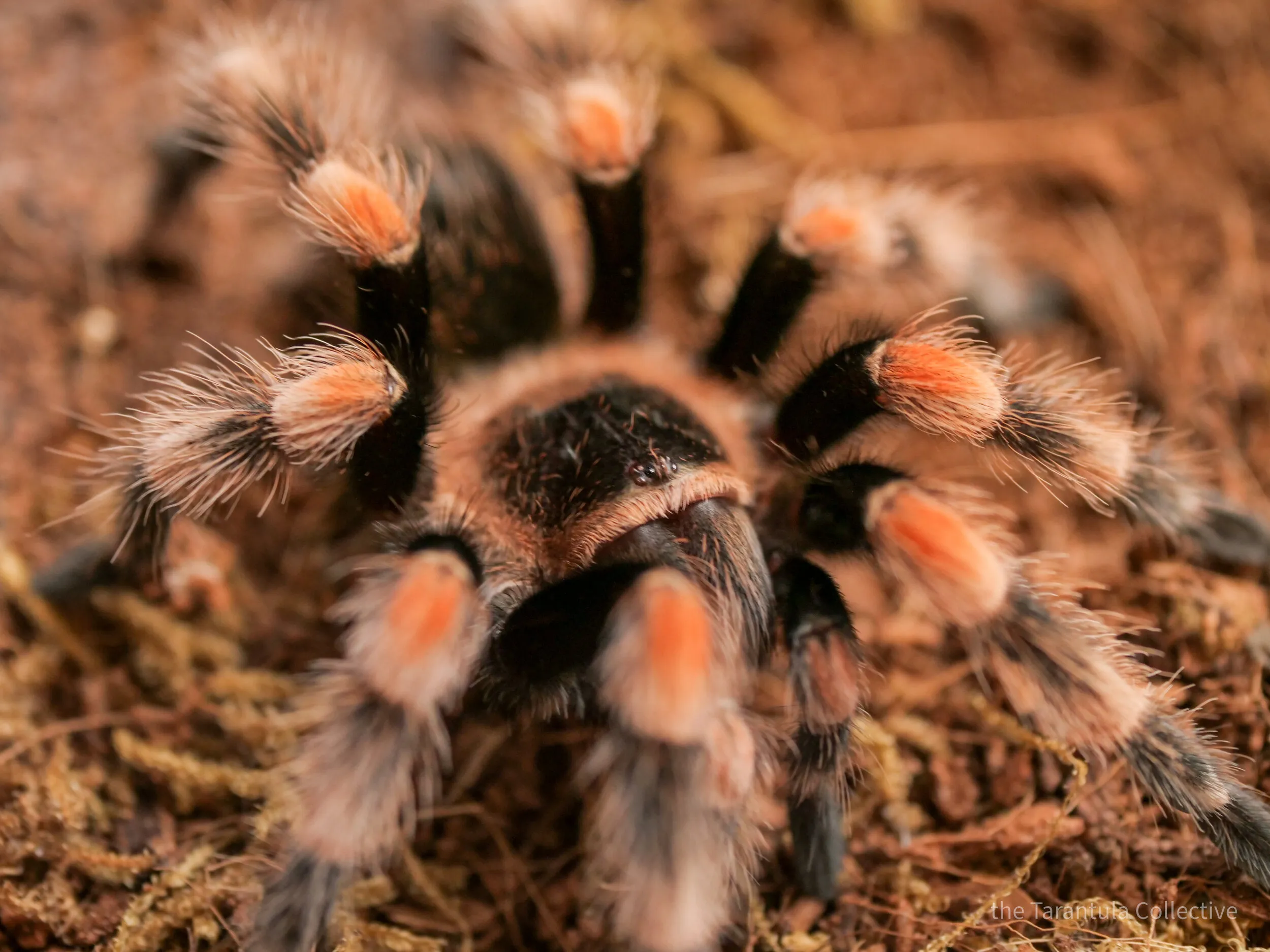What is a Tarantula Bite
A tarantula bite occurs when a tarantula, a large and hairy spider, uses its fangs to inject venom into a person or animal. While tarantula bites are generally not life-threatening to humans, understanding the process and the potential effects is crucial. The experience can range from a minor nuisance to a more severe reaction depending on various factors. This article will provide you with the critical information needed to understand tarantula bites, focusing specifically on the Brachypelma genus and its impact. The goal is to equip you with knowledge about these fascinating creatures and how to respond appropriately if bitten, ensuring both your safety and a responsible approach to tarantula ownership or interaction.
The Brachypelma Genus
The Brachypelma genus is a group of tarantulas native to Central America, known for their striking colors and docile temperaments. These spiders are popular pets due to their relatively calm nature. The genus includes several well-known species, each with unique characteristics that distinguish them. Their size, coloration, and overall behavior can vary, but they share common traits like being terrestrial spiders and exhibiting defensive behaviors when threatened. Understanding the Brachypelma genus helps provide context for the likelihood and nature of bites from these spiders.
Common Species
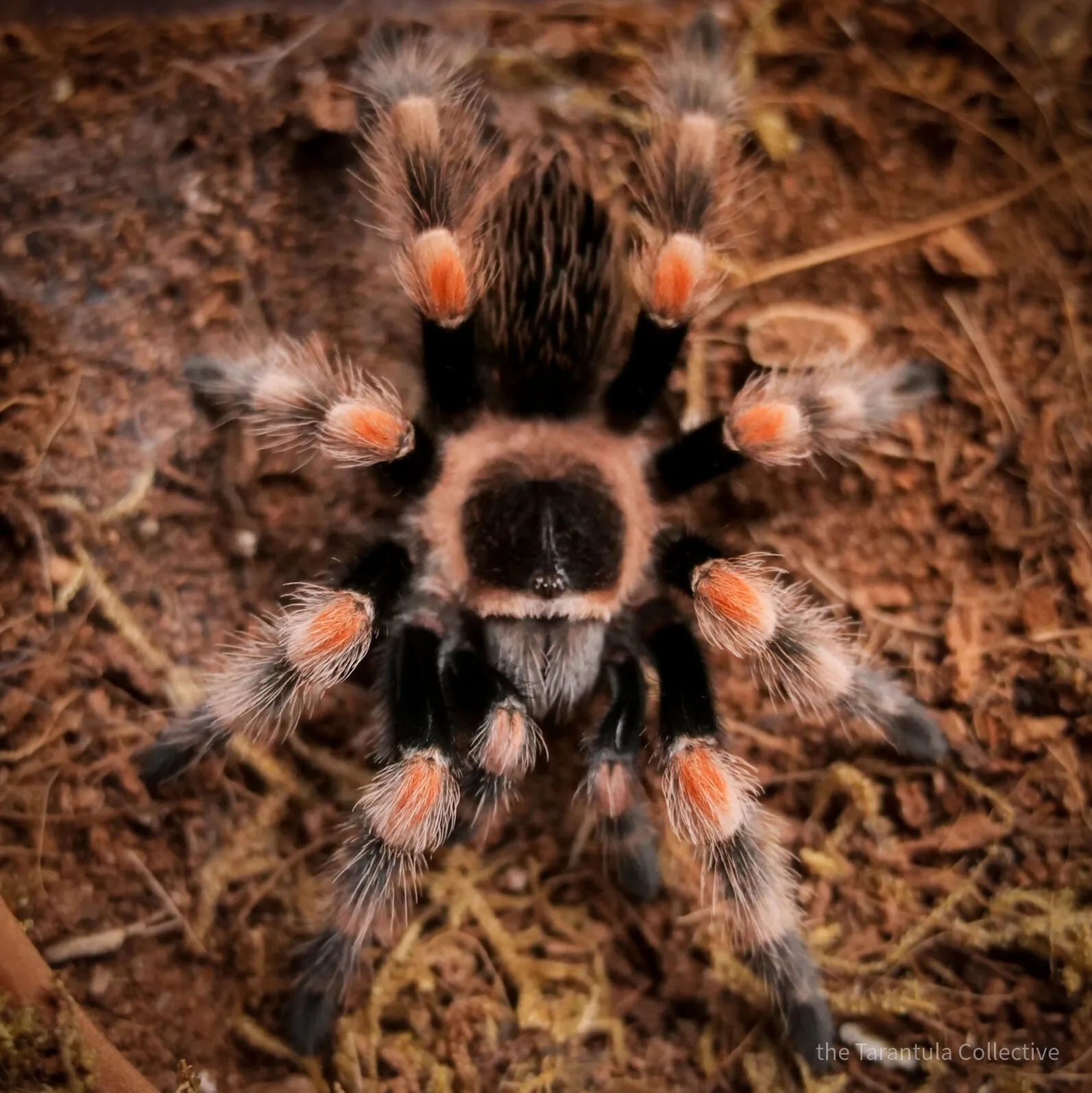
Several Brachypelma species are commonly encountered, either in the wild or as pets. The Mexican Redknee (Brachypelma hamorii) and the Mexican Redleg (Brachypelma emilia) are popular choices. These tarantulas are appreciated for their vibrant colors and relatively calm demeanor, making them a favorite among hobbyists. Their care is often straightforward, involving specific habitat requirements and dietary needs. These species are often sought after, and recognizing them can help determine your handling approach, and whether it is time for first aid.
Bite Mechanism and Venom
Tarantulas use their fangs to bite, a process that involves injecting venom into the victim. The fangs, which are modified chelicerae, are strong and designed to pierce the skin of prey or a perceived threat. The venom is a complex mixture of toxins that serve different purposes, including immobilizing prey and causing localized pain and inflammation. Understanding the mechanism and composition of the venom is essential for assessing the potential impact of a bite. While the venom is generally not lethal to humans, it can cause a range of effects that may require medical attention.
How Tarantulas Bite
Tarantulas typically bite as a defensive mechanism when they feel threatened. This can happen if they are mishandled, startled, or perceive a threat to their safety. The spider quickly strikes, using its fangs to penetrate the skin. The bite itself may feel like a sharp pinch, and the severity of the sensation can vary. The bite itself is not just about the puncture; it is the injection of venom that determines the impact and the subsequent effect. The entire process happens very quickly, making it crucial to avoid situations where the tarantula feels cornered or provoked.
Venom Composition

Tarantula venom is a complex mixture of proteins, enzymes, and other compounds. These components serve different functions, such as causing pain, disrupting the nervous system, or inducing inflammation. The exact composition of the venom can vary between species, but common effects include localized pain, swelling, and muscle cramps. The venom’s potency is generally low compared to some other venomous creatures, but the effects can still be unpleasant and require proper care. Understanding the components provides insight into why specific symptoms occur and how they are typically treated.
Top 5 Shocking Facts About Tarantula Bites
Fact 1 The Severity
While tarantula bites are rarely fatal to humans, the severity can vary. The effects often depend on the individual’s sensitivity, the amount of venom injected, and the specific species. The majority of bites result in localized pain, swelling, and redness. Some individuals may experience more severe symptoms, such as muscle cramps, nausea, or even a systemic reaction. The initial assessment of a bite is key to determining the necessary course of action. Recognizing the range of possible reactions is crucial for responding effectively and avoiding panic. The experience can vary from mild irritation to more significant discomfort.
Fact 2 Symptoms

Common symptoms of a tarantula bite include immediate sharp pain, localized swelling, redness, and itching at the bite site. Some individuals may also experience muscle cramps, especially around the bite area. Other possible symptoms include nausea, sweating, and increased heart rate. The intensity of these symptoms often peaks within a few hours of the bite and gradually subsides over the next few days. Careful monitoring of the symptoms is essential to ensure no severe reactions develop. Observing these symptoms and documenting them is critical for proper treatment.
Fact 3 First Aid
Immediate first aid for a tarantula bite involves washing the affected area with soap and water. Applying a cold compress can help reduce swelling and pain. It is also advisable to keep the affected limb elevated to minimize swelling. Antihistamines may be used to alleviate itching and allergic reactions. It is important to remain calm and observe for any severe symptoms. Documenting the time of the bite and any observed symptoms will be helpful for medical professionals, should you need to seek assistance. These simple steps can significantly reduce discomfort and promote healing.
Fact 4 Treatment
Treatment for tarantula bites typically focuses on managing symptoms. Over-the-counter pain relievers such as ibuprofen or acetaminophen can help with pain. Antihistamines can be used to reduce itching and allergic reactions. In more severe cases, a doctor may prescribe stronger pain medication or anti-inflammatory drugs. Medical professionals also monitor for complications such as infection. Prompt medical attention is essential if the bite victim experiences difficulty breathing, severe swelling, or other concerning symptoms. The goal is to provide relief from the symptoms while the body heals.
Fact 5 Rare Complications
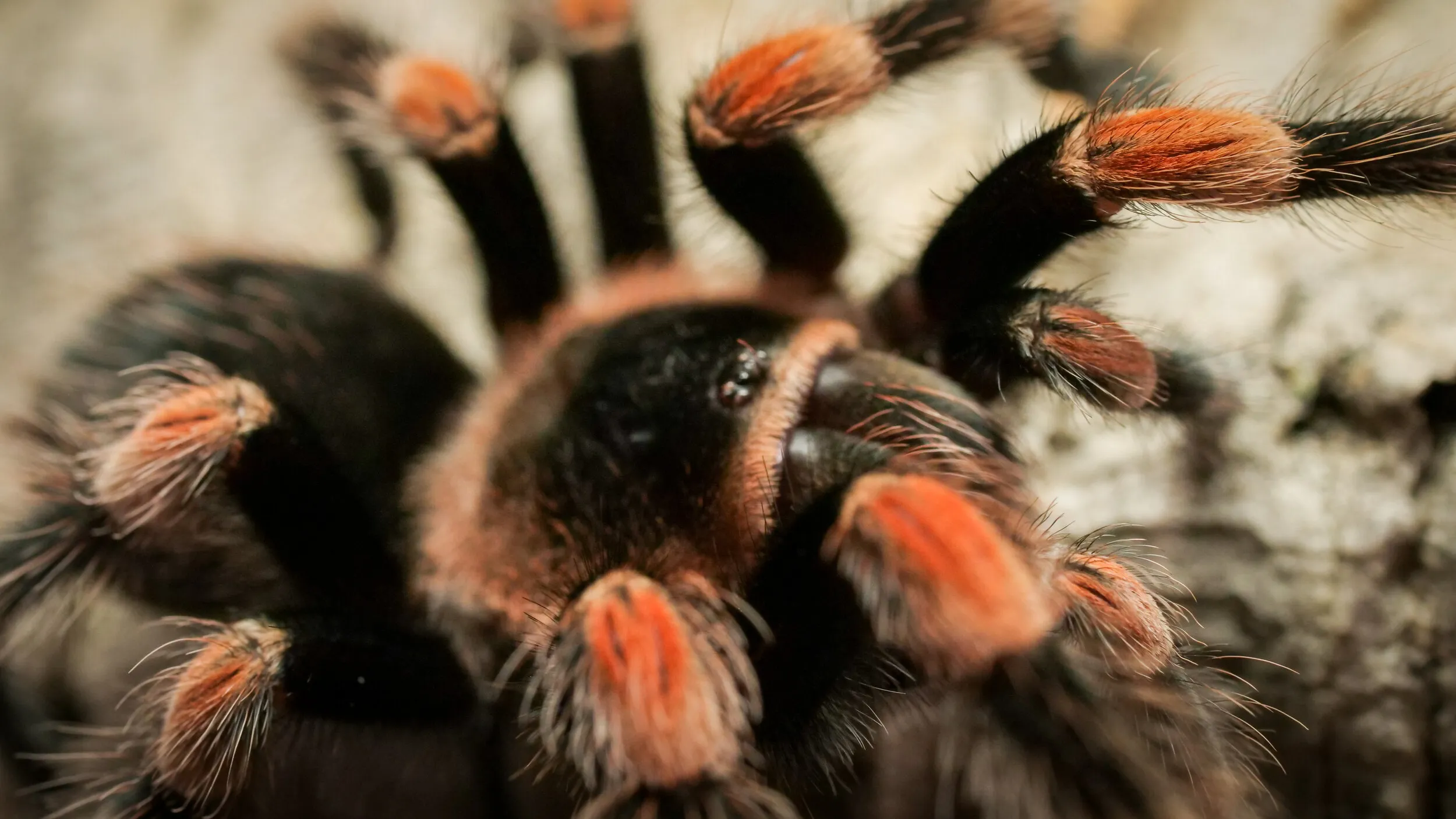
Although rare, potential complications from a tarantula bite may include secondary infections, severe allergic reactions, and muscle spasms. A secondary bacterial infection can develop if the bite site is not properly cleaned or if the skin is broken. In some individuals, the bite can trigger a severe allergic reaction, which requires immediate medical attention. In rare cases, muscle spasms or other neurological symptoms may occur. It is essential to seek medical assistance promptly if any unusual symptoms arise to prevent serious health issues. Recognizing the complications enables timely treatment.
Tarantula Bite First Aid and Treatment
Immediate Actions
The first actions to take after a tarantula bite are to wash the wound thoroughly with soap and water to reduce the risk of infection. Applying a cold compress or ice pack to the bite area can help minimize pain and swelling. Elevating the affected limb can also help to decrease swelling. It is vital to remain calm and monitor the victim for any signs of a severe reaction, such as difficulty breathing or excessive swelling. These initial steps lay the groundwork for effective management and minimize the risk of complications. Always prioritize these steps after a tarantula bite.
When to Seek Medical Attention
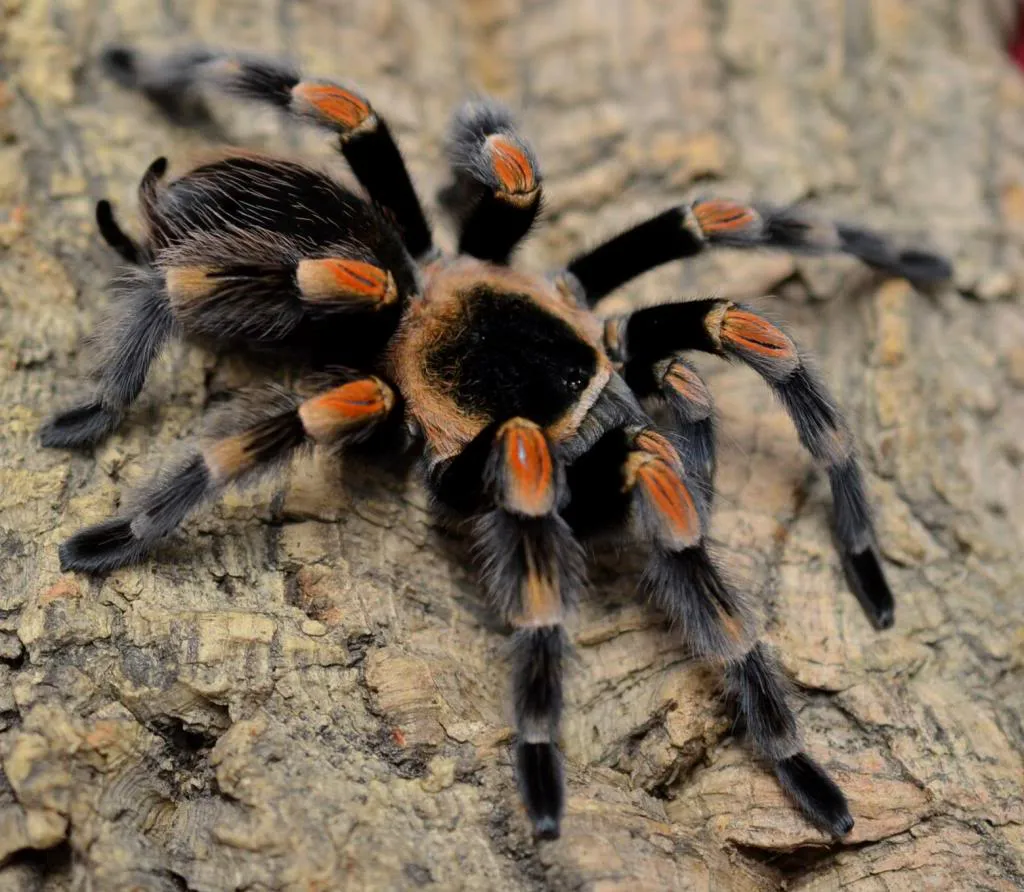
While most tarantula bites are not life-threatening, it is important to know when to seek medical attention. You should seek immediate medical care if the person bitten experiences difficulty breathing, severe swelling of the face or throat, or signs of a systemic allergic reaction. If the symptoms worsen or do not improve within a few days, seeking medical advice is advisable. Any unusual or severe symptoms require professional medical evaluation. Seeking professional help is paramount when dealing with a bite.
Medical Treatments
Medical treatments for tarantula bites depend on the severity of the symptoms. Doctors often recommend over-the-counter pain relievers and antihistamines to manage pain and itching. For more severe reactions, prescription medications, such as stronger pain relievers or corticosteroids, may be necessary to reduce inflammation and other complications. Antibiotics are sometimes prescribed to prevent or treat secondary infections. Close monitoring and supportive care are critical aspects of medical treatment, designed to provide relief and support recovery. The goal is to provide the most appropriate treatment, depending on the specific circumstances.
Preventing Tarantula Bites
Handling and Safety
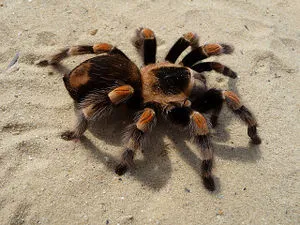
The best way to prevent tarantula bites is to handle them with caution or avoid handling them altogether, especially if you are not experienced. Always use appropriate handling tools, such as tongs, and avoid placing your hands directly in front of the tarantula. Ensure the tarantula is secure in its enclosure before attempting any interaction. Maintain a safe distance from the spider. Teaching children about respecting tarantulas is also vital. Handling tarantulas requires respect and understanding of their behavior to prevent bites. Proper handling and safety measures significantly reduce the risk of bites and ensure both the handler’s and the tarantula’s safety.
Environmental Factors
Environmental factors play a significant role in tarantula behavior and the likelihood of a bite. Ensure the tarantula has a secure and appropriate habitat that meets its needs. Do not startle or provoke the tarantula. Regular maintenance of the enclosure helps keep the tarantula healthy. If the tarantula feels threatened due to its environment, it is more likely to exhibit defensive behavior, including biting. Create a secure and comfortable environment that lowers stress. Understanding and managing environmental factors helps prevent bites and promotes a positive experience.
Conclusion
Tarantula bites, while generally not life-threatening, can cause discomfort and, in rare cases, complications. Understanding the bite mechanism, recognizing symptoms, and knowing the appropriate first aid and treatment steps are essential for responsible tarantula ownership and interaction. Prevention through safe handling practices and providing a suitable environment is the best approach. By educating yourself and taking necessary precautions, you can minimize the risks associated with tarantula bites and promote a safe and enjoyable experience. If you have any concerns, always seek medical advice.
